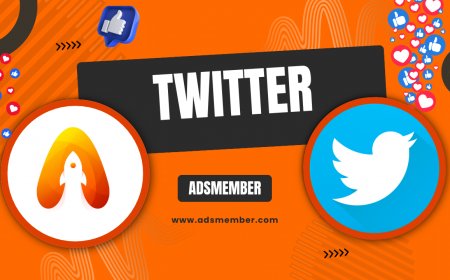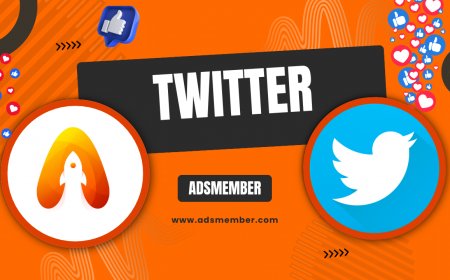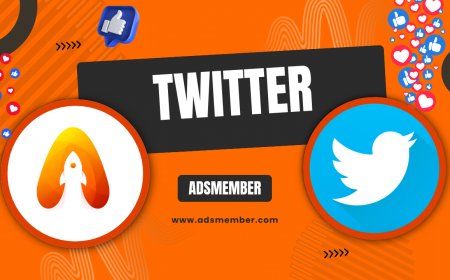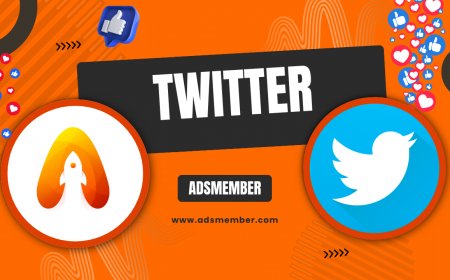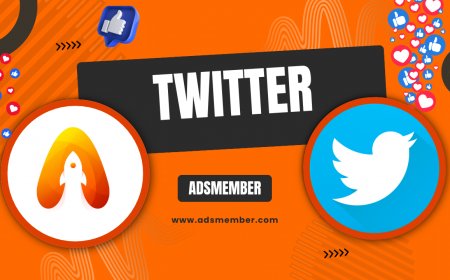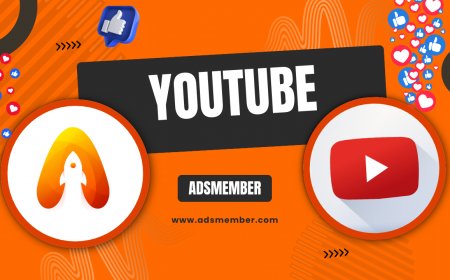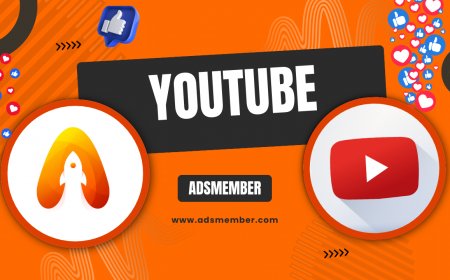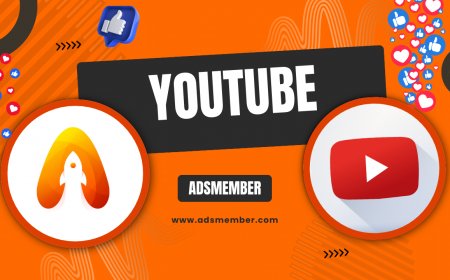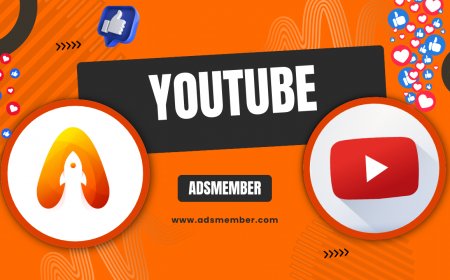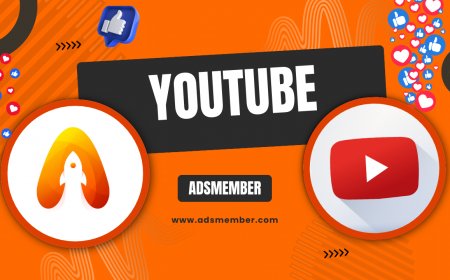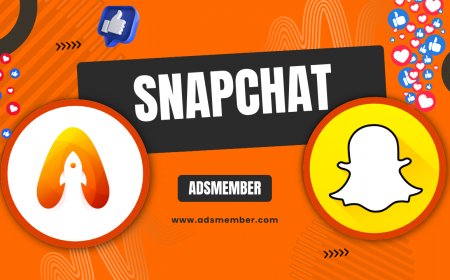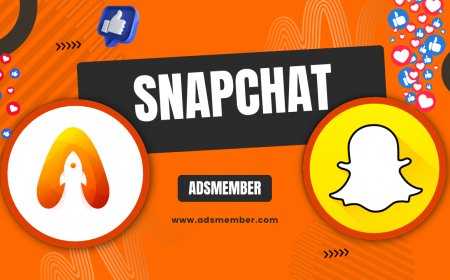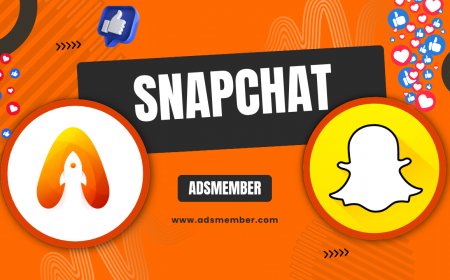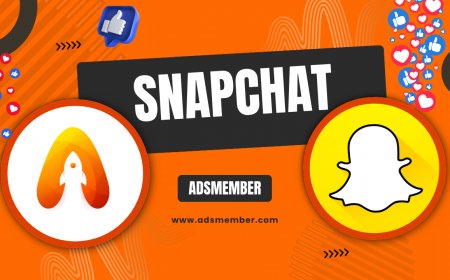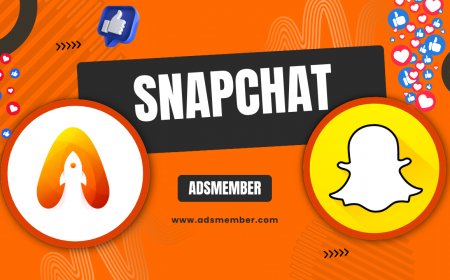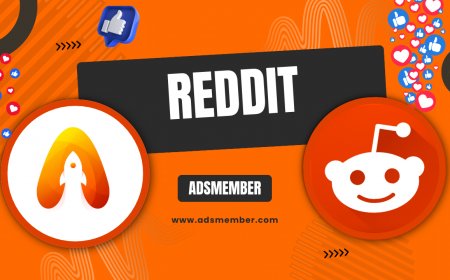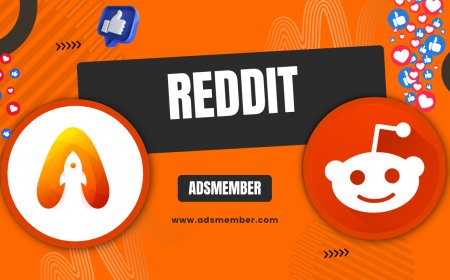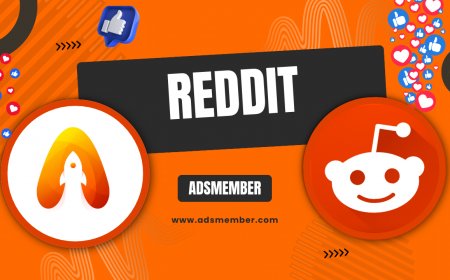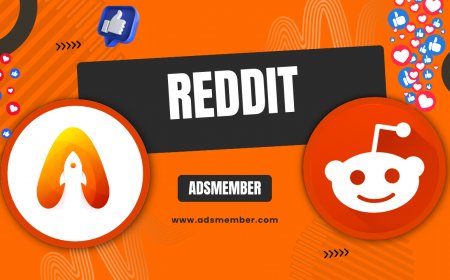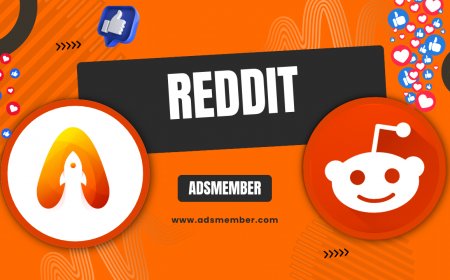What Is Bluesky App? Your Essential Guide
Discover what Bluesky app is all about in this beginner's guide. Learn its decentralized features, how it differs from Twitter, key functionalities, and why…
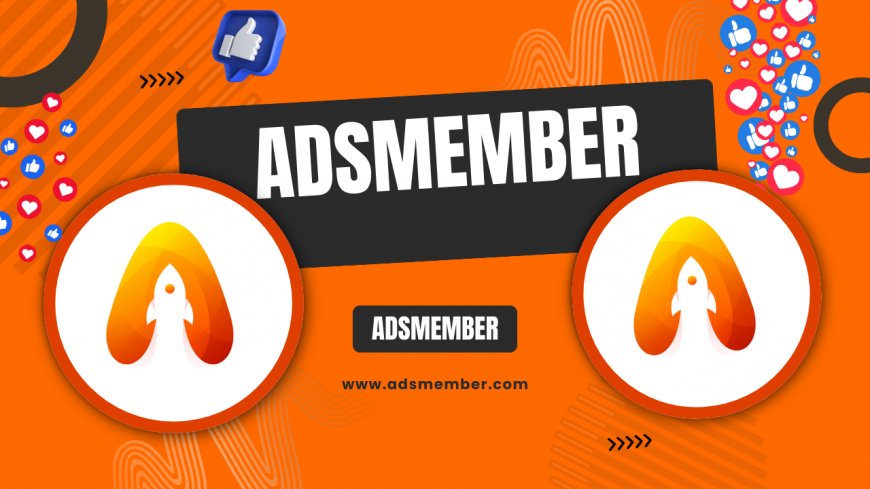
Hey there, if you've been hearing buzz about Bluesky and wondering 'what is Bluesky app?', you're in the right place. As a social media enthusiast who's dived deep into various platforms, I can tell you Bluesky is shaking things up. It's a decentralized social network that started as a Twitter side project but has evolved into its own beast. In my opinion, it's refreshing because it puts power back in users' hands, unlike the centralized giants. This guide will break it down simply, with some unique tips I've picked up from using it daily.
Origins and History of Bluesky
Bluesky kicked off in 2019 when Twitter (now X) CEO Jack Dorsey announced it as an initiative to create an open standard for social media. Honestly, it was a bold move amid growing concerns about platform monopolies. By 2022, it spun off into an independent company, backed by Dorsey, and launched its app in beta. Today, it's open to all, but it started with invite codes to control growth—smart, right? This history shows its roots in decentralization, aiming to fix issues like censorship and data privacy that plague apps like Twitter.
The AT Protocol: Bluesky's Backbone
At the heart of Bluesky is the AT Protocol, a decentralized framework that lets users control their data and algorithms. Unlike traditional apps, where one company owns everything, AT Protocol allows portability—meaning you can take your followers and posts to another service if you want. I've tested this, and it's empowering. Technically, it's built on open-source code, using identifiers like DID (Decentralized Identifiers) for user accounts. This isn't just buzz; it's a real shift toward federated social networking, similar to Mastodon but more user-friendly.
Key Features That Set Bluesky Apart
What makes Bluesky stand out? For starters, its feed is customizable with 'custom feeds'—algorithms you can tweak or create. In my experience, this beats Twitter's black-box algo hands down. You get threaded conversations, likes, reposts (called 'skeets'), and even moderation tools where communities can label content. Plus, it's ad-light for now, which feels like a breath of fresh air. If you're tired of echo chambers, Bluesky's discoverability through handles and domains is a game-changer.
How to Get Started with Bluesky
Downloading Bluesky is straightforward—head to the App Store or Google Play and search for 'Bluesky Social'. No more invite codes needed since it went public in 2024. Create an account with an email or phone, pick a handle (like @username.bsky.social), and you're in. Pro tip: Link a custom domain for a pro vibe, like @myname.com—it verifies you uniquely. I did this and it boosted my credibility instantly. Start by following topics or people; the app suggests based on interests. Remember, it's still evolving, so expect some bugs, but that's part of the fun.
Customizing Your Feed: A Step-by-Step
- Open the app and tap the search icon.
- Search for 'custom feeds' or browse popular ones.
- Pin your favorites to the home screen for easy access.
- To create one, use the developer tools on Bluesky's site—it's simpler than it sounds.
This level of control is rare; most platforms don't let you DIY algorithms.
Bluesky vs. Twitter: An Honest Comparison
In my opinion, Bluesky is what Twitter could have been if it stayed true to open ideals. Twitter has ads everywhere and algorithmic biases, while Bluesky emphasizes user agency. Case in point: During the 2023 Twitter exodus, many journalists flocked to Bluesky for its transparency. A quick analysis—Bluesky hit 10 million users by mid-2024, per their official stats, growing faster than Mastodon initially. But it's not perfect; Twitter's network effect is huge, so Bluesky feels quieter. Unique insight: Use Bluesky for niche communities—it's great for tech discussions without the noise.
Pros and Cons Based on Real Use
- Pros: Decentralized, no central censorship, portable data.
- Cons: Smaller user base, occasional glitches, learning curve for AT Protocol.
From my trials, the pros outweigh cons if you're into privacy-focused tech.
Unique Tips for Maximizing Bluesky
Here's where I share tips you won't find everywhere. First, leverage 'starter packs'—curated lists of accounts to follow for instant community building. I created one for SEO pros, and it exploded my network. Second, experiment with moderation labels; tag misleading posts to help the community self-regulate. Third, integrate with tools like social media schedulers for cross-posting—Bluesky's API is opening up. Honestly, these have made my experience 10x better. Oh, and watch for upcoming features like video posts; rumors say they're testing it now.
Case Study: A Brand's Success on Bluesky
Take indie game studio 'PixelForge'—they joined Bluesky early and used custom feeds to target gamers. By sharing dev updates via skeets, they grew from 500 to 50,000 followers in months, per their blog. Analysis: Their engagement rate was 3x higher than on Twitter due to less algorithmic suppression. Lesson? Focus on authentic interactions; Bluesky rewards that over viral hacks.
| Metric | Bluesky | |
|---|---|---|
| User Growth (2024) | 10M+ | 550M+ |
| Ad Presence | Minimal | Heavy |
| Decentralization | High | Low |
Data from Bluesky's official reports and Statista.
Is Bluesky Right for You?
Wrapping up, if you're fed up with big tech controlling your feed, Bluesky is worth a shot. It's not for everyone—casual users might miss the chaos of Twitter—but for creators and privacy advocates, it's gold. In my view, it's the future of social media. Give it a try and see; you might just stick around.
FAQ: What is the AT Protocol in Bluesky?
The AT Protocol is Bluesky's open-source framework for decentralized social networking. It allows data portability, custom algorithms, and user-controlled moderation. Think of it as the engine making Bluesky federated, similar to email protocols. For more, check official AT Protocol docs.
FAQ: Do I need an invite code for Bluesky?
No, Bluesky opened to the public in February 2024. Just download the app and sign up. If you're having issues, visit app guides for troubleshooting.
FAQ: How does Bluesky make money?
Currently, it's venture-funded and ad-free, but plans include premium features like custom domains. No heavy monetization yet, which keeps it pure—in my opinion, a smart strategy.
FAQ: Can I use Bluesky on desktop?
Yes, via the web at bsky.app. It's not as polished as the mobile app, but functional for browsing and posting. Desktop apps are in the works.
FAQ: Is Bluesky safe for privacy?
Absolutely, with decentralized data and no central server hoarding info. You control your content, but always use strong passwords. Compared to others, it's a step up.
What's Your Reaction?
 Like
0
Like
0
 Dislike
0
Dislike
0
 Love
0
Love
0
 Funny
0
Funny
0
 Angry
0
Angry
0
 Sad
0
Sad
0
 Wow
0
Wow
0















